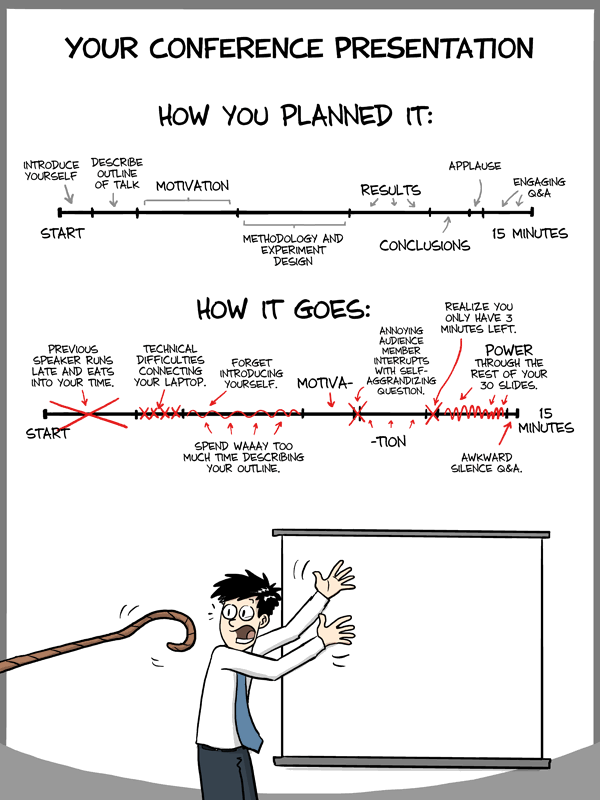Today we will finish our discussion of the format of an IMRD paper by talking about literature reviews. These are complex and difficult to write but the process can be made easier by discussing a few different kinds of patterns and highlighting important and/or useful terms. An outline for today's class can be found below...
IMRD Structure: Writing Literature Reviews
Objectives: Students will be able to...
- Discuss how literatures can differ in structure and organization
- Analyze example literature reviews for variation in structure and organization
- Understand and comment on the different linguistic conventions common in literature reviews
I. Warm-Up
How are you? How are things going? How are your other classes going? Did you do anything fun over the weekend? Do you have any questions about this class?
II. Vocabulary Quiz
I hope you studied!
III. Returning Past Assignments
I have a variety of assignments from the past few weeks of class that I have review, graded and will return to you in class today.
IV. Brief Review of IMRD Structure
We'll briefly review what's already been discussed of the structure using
this presentation. To finish our examination of the "Discussion" section, we will do
this short information sequencing example.
V. Literature Reviews
Today we will spending the majority of our time talking about literature reviews (which are often part of the introduction section of an IMRD paper). I've included a few sample literature reviews below:
- Review Article (here)
- Section of a Journal Article (here)
- Integrated into a Journal Article (here)
These examples go to show that, once again, there is no "one size fits all" solution when writing a literature review.
NOTE: As with any academic writing, you have to be aware of the conventions of your field and the requirements of your department and/or the publication you are trying to get your work into!
To begin, consider these questions with a partner:
- Why do we need to review the literature?
- What is the difference between a “narrative” literature review and a “focused” literature review? In which types of papers might you use each one?
- How might you organize the sources in a literature review? Think of at least two ways.
- True or False: Your literature review should focus on very recent publications because they are likely the most relevant. Why?
- True or False: Your literature review should be as long as possible in order to persuade your reader that you have read very widely. Why?
- What process do you employ (or do you think you should employ) when approaching the task of writing a literature review?
VI. Steps to Writing a Literature Review
This handout goes over the steps for writing a literature review.
This handout contains the same information with examples.
Thesis Statement (main claim/argument)
|
V
Introduction (background info, make the claim, overview of paper organization)
|
V
Body (organization of source summaries (indicating importance)
|
V
Conclusion (summary of main findings, provide closure, so what?)
VII. Review
Finally, we'll end our discussion with a short review activity.
Homework
- Prepare for a short vocabulary quiz on these words
- Start working on the IMRD paper. Instructions can be found here. It is a critical analysis of your IMRD article. You will have two weeks to submit the paper. It will be between 1200 and 1600 words. Please review the instructions carefully. If you have questions, ask me SOONER rather than LATER :) This paper constitutes a major part of your grade, so it needs to be complete and you need to submit it on time. Also, in order to help you write your paper, you may want to consult the following resources:
Please let me know if you have any questions!






